Ertach Kernow - St Mawgan in Pydar, historic and modern villages
St Mawgan in Pydar is a parish close to Newquay surrounding the historic village of St Mawgan, in Kernewek Lannhernow. It includes the coastal villages of Mawgan Porth Trenance and Trevarrian as well as a huge swath of land making up the airport runway of the Cornwall Airport. Once largely rural farmland the coastal region is now very tourism based especially in and around Mawgan Porth. The appendage ‘in Pydar’ differentiates it from St Mawgan in Meneage on the Lizard peninsular and relates to the historic hundred of Pydar to the north coast of Cornwall.
With a resident population of 1,059 in the 2021 census this is a decrease of 248 on the 2011 census total of 1,307 and even lower than the 1176 recorded in the 2001 census. Sadly, this is not uncommon in attractive parishes around Cornwall’s coastline which are often being hollowed out of their local population with second houses and Airbnb’s becoming more prevalent. This is especially true of the Trenance area which has seen a 40% residential population drop over the past 14 years and illustrates the necessity of neighbourhood plans to protect local communities and control development in communities throughout Cornwall. Fortunately, the position is not so dire within the historic St Mawgan village, but complacency is dangerous to Cornish communities with the continued onslaught of profiteering by developers, builders and estate agents.
Probably the most well-known aspects of St Mawgan are the ecclesiastical buildings. There was a Celtic monastery established at St Mawgan from around the 6th century afterwards occupation by Benedictine Cluniac monks following the Norman Conquest. This was dissolved not long afterwards and by the 13th century a church had been built on the site. Adjacent to the church the site which was probably part of the early medieval monastery became the home of the Arundell family from 1231. Sir Remphrey Arundell had married the heiress to the Lanherne estate Alice Fulcar, and the manor became the base for the Arundell family for centuries. Fortune favoured the Arundell’s in their backing of Henry Tudor during the final years of the Wars of the Roses against Richard III. After a brief loss it was returned to them by an appreciative Henry VII. Apart from some earlier remnants the existing Grade I listed building is largely 16th century with some later additions from the 17th to 19th centuries. Unfortunately for the Arundell family their adherence to the Catholic faith had marked them out and their wealth and power diminished. Another Cornish line of Arundell’s resided at Trerice Manor and survived as a family into the late 18th century.
From 1794 the old manor house at Lanherne became a Carmalite Convent through the good graces of Henry Arundell, 8th Baron Arundell of Wardour. Henry Arundell had spent a great deal of money in helping Catholics escape the ravages of the French Revolution. One of the most famous treasures of the Carmalite Convent was the partial remains of the skull of the Catholic martyr Cuthbert Mayne who was executed in Launceston on November 29th 1577, hung drawn and quartered and his head was stuck on a pike as evidenced by the skull. Mayne was canonised in 1970 and following the merging of the Lanherne Carmalite nuns with St Helens the skull fragment is now held at the St Cuthbert Mayne Roman Catholic Church, the National Shrine to the saint in Launceston.
Besides the historic lantern cross outside the church at St Mawgan there are a number of interesting monuments within the building including some reasonably well-preserved Arundell memorial brasses. Lantern crosses such as these are less well-known than the usual Cornish crosses seen throughout Cornwall, this example being from the 15th century with all four sides filled with figures. Grade II* listed it is thought to be one of the best in Cornwall. The internal Arundell brasses date from the 16th century and unfortunately Victorian restoration was not always well done or sympathetic. These brasses suffered severely during the work undertaken during 1860 to 1861 having been taken from their slabs and the slabs destroyed. Some fragments now reside at Wardour Castle, the former home of the Baron Arundell’s, after being transferred there via the Lanherne convent. The rector of the parish wrote in about 1850, ‘The chancel of St Mawgan is almost floored with brasses and fragmental remains of the [Arundell] family’. Although we might have much to thank our Victorian forerunners for, their lack of interest in many cases towards historic heritage especially in church restoration is lamentable. There is also a large slate memorial mounted on the wall in the nave dated 1630 to Henry and Dorothy Stephen erected by their eleven children. Bench ends are an important fixture of many churches throughout Cornwall, and St Mawgan has 42 mostly from the 16th century. These include the coats of arms for many local families who were important around that period, including Arundell, Vyvyan, Carminow and Rous. With some lovely stained-glass windows and other memorials this historic church has much to offer those interested in Cornish churches and the latest edition of the Cornwall edition of Pevsner enthuses at some length about this building and its internal fixtures and fittings.
The settlement area of Mawgan Porth and Trenance has grown up around the mouth of the River Menalhyl valley and upwards towards the old farmhouse at Trenance over the past hundred years. Maps from the turn of the 20th century show the coastguard station and the two farms at Porth and Trenance but little else. There is no mention of this once attractive river valley in the guidebooks until around 1930 when they begin to describe apartments, bungalows and golf links close to hand. However, barrows a little further up the coast show that there was habitation here from early times and the beach and river flowing out at Mawgan Porth would have been a suitable place for early settlement. This was confirmed by archaeological excavations beginning with a trial dig in 1948 following chance discovery of a skeleton and other historic remains on land planned for development in 1934. Success of the trial led to an extensive archaeological investigation between 1950 and 1954 and again from 1974. A number of cist burials were discovered and three distinct, but similar, groups of buildings known as courtyard houses, this evidence gave a date of occupation between c AD 850 and 1050. There was also indication of earlier occupation below these later courtyard houses. It is thought that perhaps climate conditions became more difficult, and sand began to increasingly encroach on the settlement area causing inhabitants to move on.
After the archaeological excavations the site, albeit a scheduled monument, was allowed to grow over with vegetation and was placed on the Historic England at risk register. The 2014 report showed that this important local heritage site had significant problems with scrub and tree growth. Invasive plants will in time breakdown and destroy archaeological sites through root penetration. Fortunately, the Newquay Old Cornwall Archaeological Group led by Sheila Harper began work on the site clearing the vegetation and has continued to maintain the integrity of the remains ever since. The Mawgan Porth Dark Age settlement has now been taken off the at-risk register. The Parish Council has been supportive with grants for equipment and NOCAG are liaising with Historic England and St Mawgan Council to erect interpretation boards for this important site. Hopefully greater awareness will encourage local St Mawgan people to help maintain this Dark Age village and anybody interested in supporting the preservation should contact Sheila at Newquay Old Cornwall Society.
Another historic piece of interest in this area are the fast vanishing remains of the St Column Canal, popularly and better known as the Edyvean Canal. Built by John Edyvean from 1773 it ran from Lusty Glaze, Newquay through to Trenance Point north of Mawgan Porth. Canal fever had gripped Britain during the latter half of the 18th century and with farmland in Cornwall poor, sea sand and seaweed was used to improve the soil. Edyvean’s canal was to have brought this, what was then termed manure, into and around the farmland of this area of Cornwall. Constructed along the 100 to 200-foot contour line this venture was sadly unsuccessful and was never fully completed or utilised although some parts were.
St Mawgan village based around the church and the close by Falcon Inn is certainly worth visiting, it has a park and the burbling small Menalhyl River running through it is lovely. This seemingly remains a local community despite the ravages of tourism further down the river at Mawgan Porth. The model giraffe, quite a quirky addition on the edge of the park adds something to this historic village. With so much more to write about a revisit to this parish is on the cards.
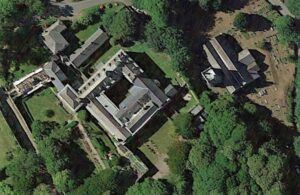
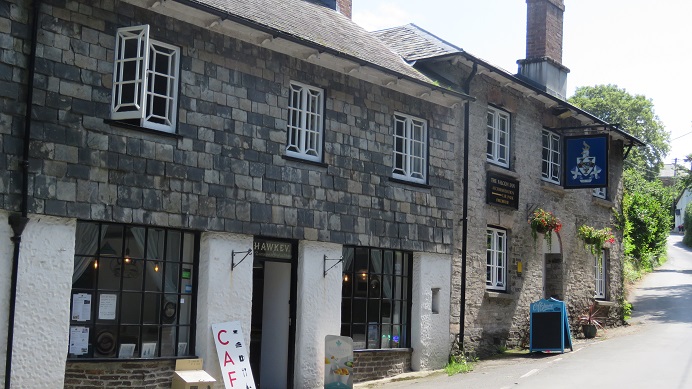
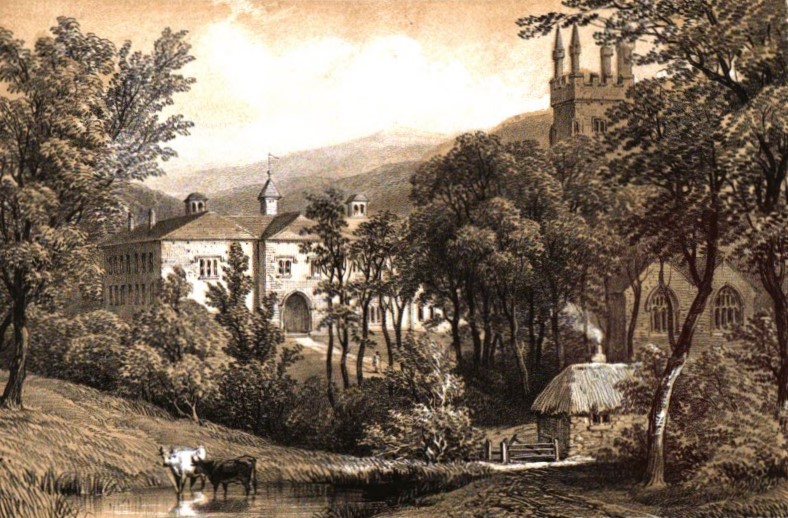
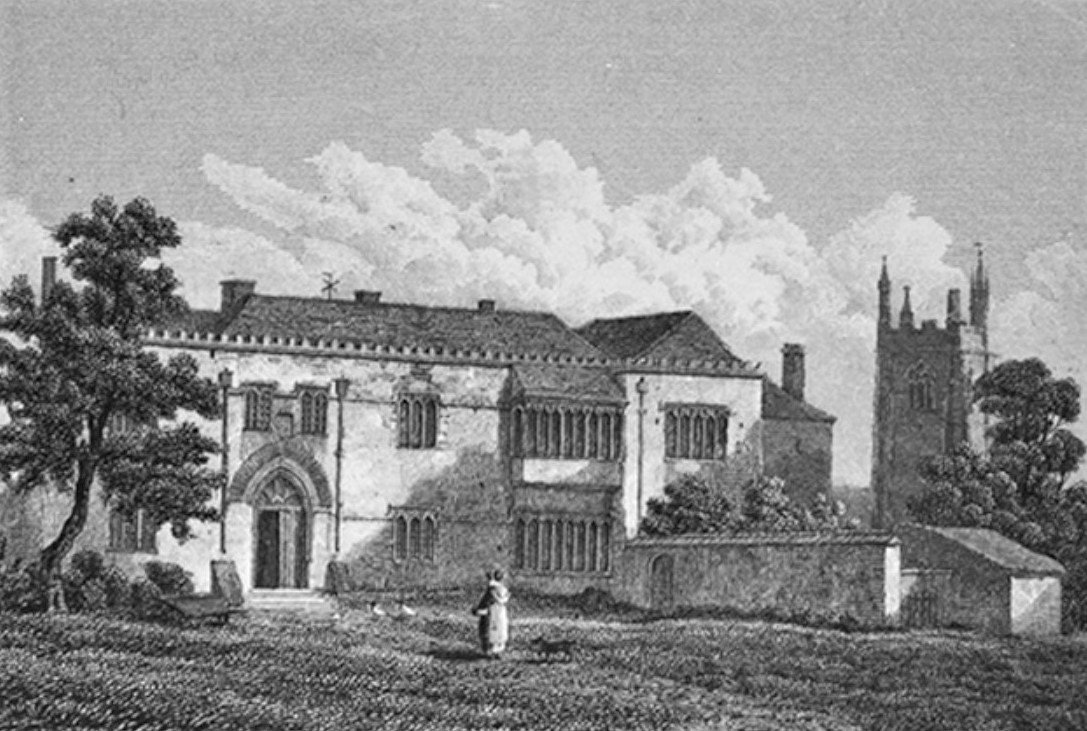
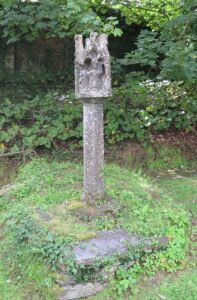
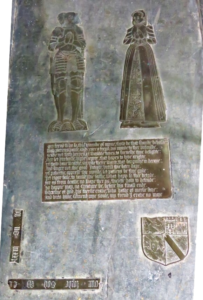
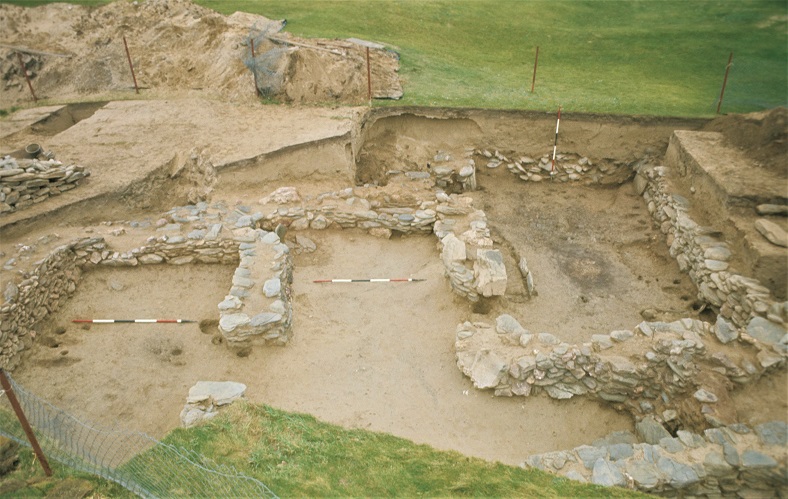
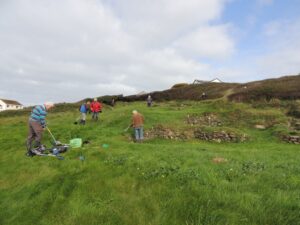
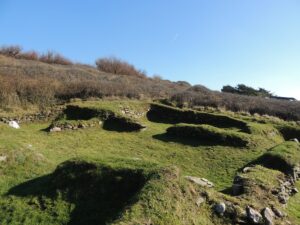
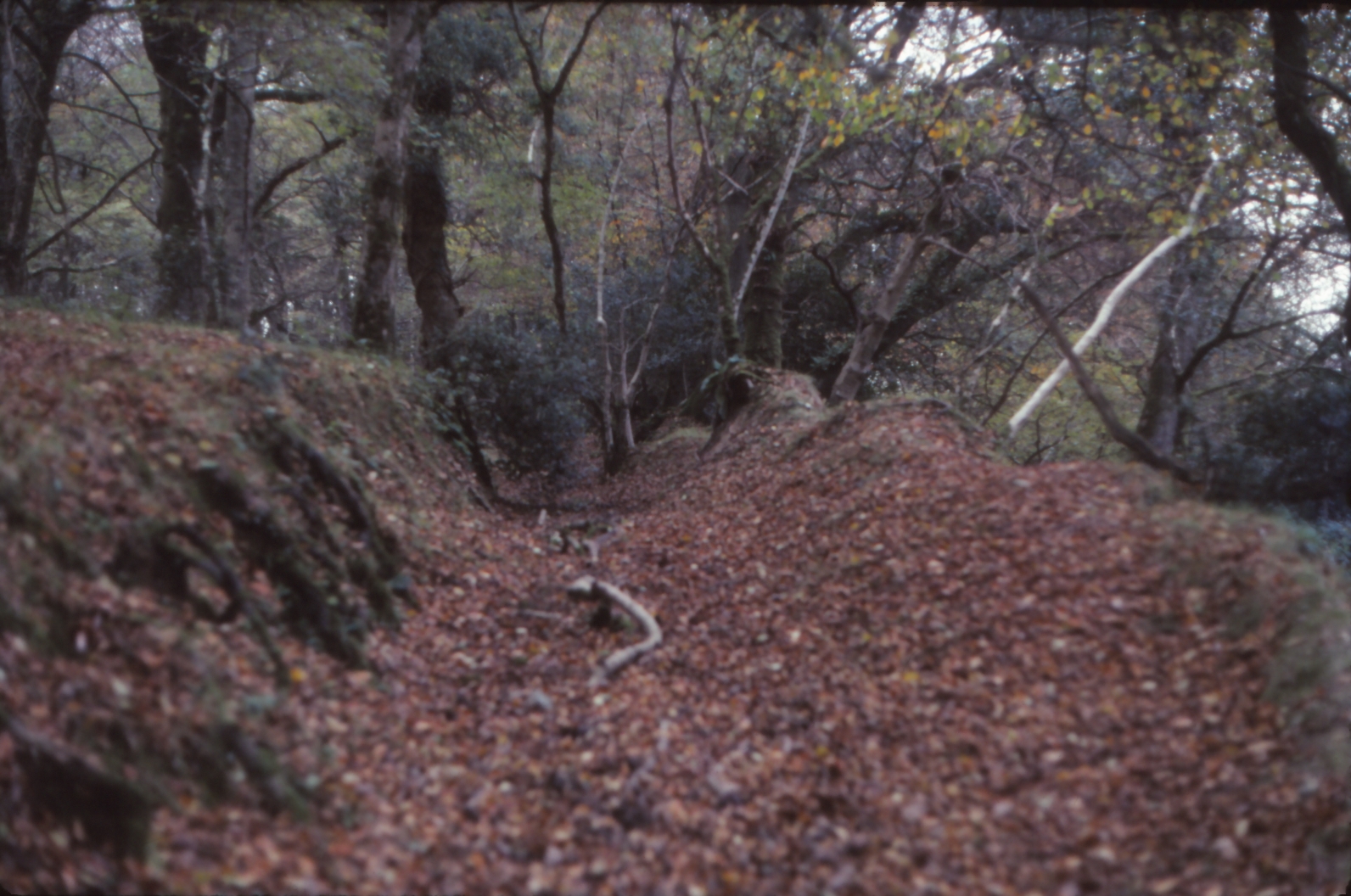
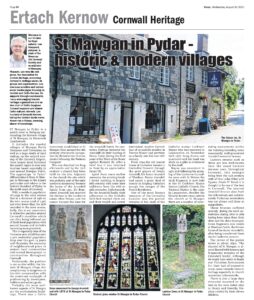
![Ertach Kernow - 30.08.2023 St Mawgan in Pydar, historic and modern villages [2] St Mawgan in Pydar, historic and modern villages](https://www.cornwallheritage.com/wp-content/uploads/2023/09/Ertach-Kernow-30.08.2023-St-Mawgan-in-Pydar-historic-and-modern-villages-2-254x300.jpg)
![[166] Ertach Kernow Heritage Column - 30th August 2023 - Harvest celebrations, Liskeard Unlocked, Royal Cornwall Museum talk Ertach Kernow Heritage Column - 30th August 2023 - Harvest celebrations, Liskeard Unlocked, Royal Cornwall Museum talk](https://www.cornwallheritage.com/wp-content/uploads/2023/08/166-Ertach-Kernow-Heritage-Column-30th-August-2023-Harvest-celebrations-Liskeasrd-Unlocked-Royal-Cornwall-Museum-talk-300x291.jpg)